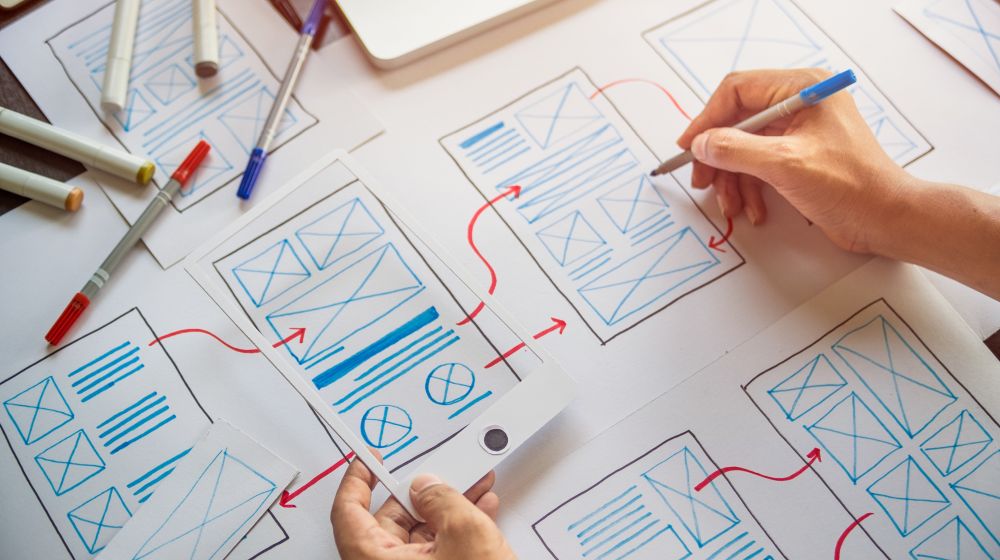If you want to build a valued product that you can be sure your customers will love, you first need to understand who your customer is. Behaviour, motivations and needs are all factors that need to be discovered in order to create the correct journey. Our key takeaways:
- Understanding the customer saves time in the long run;
- By understanding the persona, it will be a lot easier to build a great product;
- For some companies, there will need to be multiple personas and user journeys as they serve different needs. These can be categorised by the persona’s background and motivators.
Know who you’re talking to
Often startups are keen to skip or to take a shortcut through customer discovery. They build a product and push it on to the customers that they think it will attract. This can lead them into overlooking their actual customer and therefore encourages them to create a product and a journey with less value to customers and by association, their company. By going through discovery early on, ideally before any high fidelity prototype has been built, the company will be less likely to waste time later on.
By creating templates for Personas and User Journeys, it gives a solid basis to work off. Decisions on branding and UX can be made with the confidence that they are implementing features that appeal to the right audience. Nobody is misguided, work is not wasted and value will definitely be added.
So let’s take a look at personas
After conducting interviews with a number of potential customers and gaining insights from them, we divide the personas into categories: their motivators, tasks and content needs. Included in this is basic background info: name, age, job title, location and relationship status.
We should also discover more complex details such as what motivates them, their device usage, technological understanding/engagement and communication preferences. This reveals where they are most likely to engage with the product; whether it’s at home, work or on-the-go which is very important. At this point, we also clarify whether there will need to be more than one persona.
Multiple personas are a way of capturing the different needs and behaviours of core groups of users. All of this offers us a good base from which to understand what will frustrate them within their user journey and therefore what we should ultimately avoid.
Furthermore, we can gather a better understanding of what they want and need from the User Experience. For instance, does it need to be luxurious and multi-channel to suit the many different devices they are always on? Or does it need to be a very short journey from research through to end product? Without this understanding, it’s so easy to get it wrong.
Overall a persona should include
- Background – age, location, social, relationship/marital status
- Needs, goals, motivations
- Habits (behavioural and consumer)
- Job Title (and areas of expertise, if appropriate)
- Must do’s/Must never do’s
- UX wants
Once the personas are finalised, we can then map out the journey that the user will go on while using the product. It will track, and a startup team should monitor, what a user thinks and feels when they come to different touch points in their journey.
Pain points that might stop the flow or cause a user to cease interaction should be quickly identified. Equally the map allows us to clarify the touch points which are highlighted as positive for that Persona. Identifying and acknowledging touch points, feelings and pain points reveals what the Persona needs/wants/requires at each stage.
It also reveals what that persona needs at each stage. This attention to detail will ensure that we are building a product that the target audience will love and it also helps the startup’s team to actually understand the customers that they are trying to communicate with.
The user journey map should include
- Start-point
- End-point
- Touch-points in-between (post, phone call, website engagement). Identify them as pain points or highlights, note the emotions and thoughts and add comments.
In understanding personas and their behaviours, we can design a better experience and a better product. It will also help to create a strong brand that has crafted an experience for a precisely defined audience. This will ensure maximum engagement and, hopefully, more users.
This post was originally published on The Path Forward – the fast track to a scalable digital business. The Path Forward shows how new entrepreneurs should focus their time in their first 12 months while they go from idea validation, through product development and then scaling the business rapidly to reach Series A.
